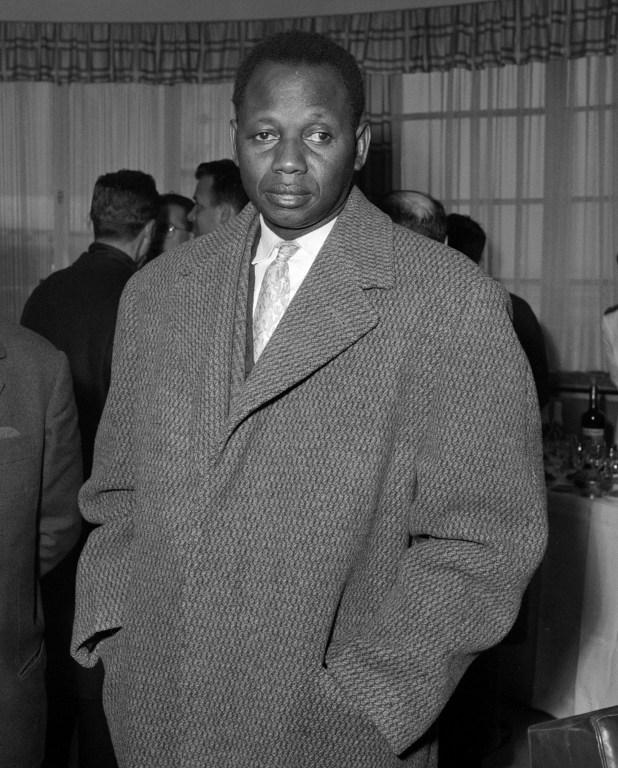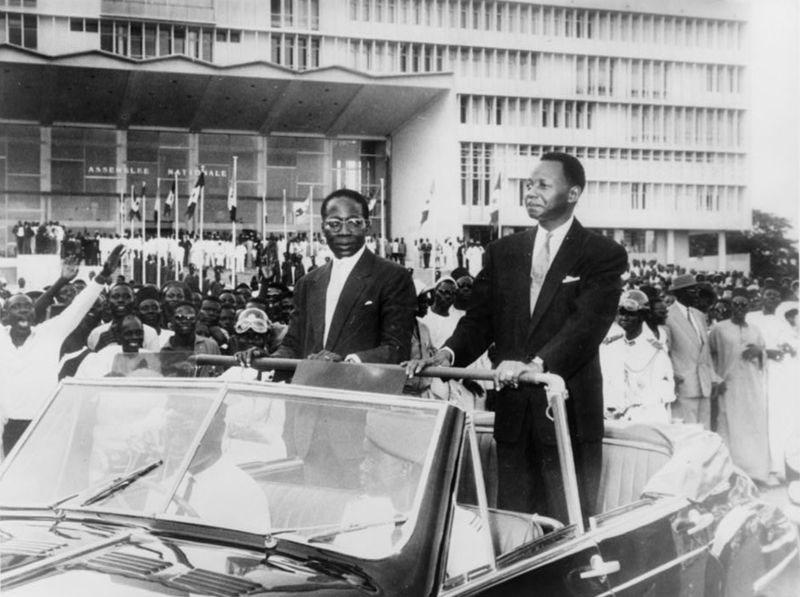On April 4, 1960, Senegal became independent. A look back at the broken hopes of the Mali Federation, between thwarted pan-Africanism and fragmented sovereignty.
There are dates that do not fade. April 4, 1960, is one of those milestones etched in burning ink into the veins of the African continent. On that day, Senegal gained independence. But this long-awaited, long-dreamed-of sovereignty came with pain—and, above all, with rupture. For before becoming a nation-state as we know it, Senegal was the cornerstone of a much broader, more ambitious project: the Mali Federation.
This unfinished attempt to unite the peoples of former French West Africa could have redrawn the map of the continent. It might have succeeded—if only the hopes of the people had been heard over diplomatic calculations. At a time when the continent is still searching for the keys to strong integration, this overlooked past deserves to be brought to light with both precision and spirit. Here is the story—tinged with idealism and fractures—of that brief moment when Senegal and Mali were united in a shared heartbeat of sovereignty.
From empire to colonial disorder

After the Second World War, France was forced to reinvent itself under the weight of history. In 1946, it proposed the creation of the French Union—an arrangement more theoretical than real—for its colonies. But in Africa, resistance was organizing. The wind of freedom was blowing from Conakry to Dakar, from Bamako to Ouagadougou.
What was awakening in the African soul was a need to speak. Not dictated speech, but foundational speech. This voice came through leaders such as Léopold Sédar Senghor—a Negritude poet trained in the rigor of the French language—and Modibo Keïta, a Sudanese schoolteacher unwavering in his pan-Africanist convictions. Together, they envisioned a grand future: a free, but above all, united Africa.
The Mali Federation: A negotiated utopia

April 4, 1959—an eerily prophetic date—marked the birth of the Mali Federation. It united Senegal and French Sudan (the future Mali), with the hope of forming a core around which other nations eager for African unity might gravitate.
The founders of the federation aimed to create a counter-model to colonial fragmentation. In the minds of Keïta and Senghor, the goal was to transcend ethnic divides and imposed regionalisms to build a pan-African political community. A nation of ideas, more than of territory.
But this utopia required France’s approval. And it was in the salons of the Fifth Republic that much of this project’s fate was decided. General de Gaulle, a shrewd strategist, accepted a gradual transfer of powers. The federation joined the French Community. In March 1960, after two months of negotiations in Paris, the Mali Federation signed agreements with France to transfer power. Independence was scheduled for June.
But the worm was already in the fruit.
Two visions for one africa


Within this barely formed federation, two visions clashed. Modibo Keïta advocated for a centralized, socialist state with Bamako as its leading force. He envisioned the federation as an organic, swift, and resolute fusion.
Senghor, on the other hand, saw the federation as a free and flexible association based on dialogue between its entities. He feared the concentration of power in Sudanese hands and was wary of an overly authoritarian political line.
These differences were not just theoretical—they sparked real tensions. The administration had two heads, the finances were unclear, and responsibilities were poorly defined. The horizon darkened. Ideals collided as the moment of sovereignty drew near.
June 1960: Independence and collapse

On June 20, 1960, the Mali Federation became independent. A historic moment. Sudan and Senegal became the first African states to gain sovereignty as a federated entity. It was a victory—but a Pyrrhic one.
Behind the scenes, mistrust was growing. When Modibo Keïta attempted to dismiss Mamadou Dia, vice president of the federal government and a rising Senegalese figure, Dakar perceived it as a power grab. The conflict became open.
On August 20, 1960, Senegal’s National Assembly voted to withdraw from the Federation. Senghor declared independence. The Sudanese ministers were expelled from Dakar. The shared dream shattered.
Two days later, French Sudan, now alone, adopted the name Republic of Mali.
From breakup to isolation

The collapse of the Mali Federation was not just the failure of a political project. It marked the end of a collective vision—a continental utopia. Each country returned to its borders, to its own interests, to its individual diplomacy. West Africa, previously carved into administrative compartments by the colonizers, remained divided along the lines drawn in Berlin in 1885.
Senegal, with its political experience, embarked on a path of stable republican construction. Senghor imposed his method: modernity, dialogue with France, cultural openness. Modibo Keïta, in contrast, radicalized his position in Mali—nationalizing, centralizing—until his fall in a military coup in 1968.
A Dream still alive?
Today, as Senegal commemorates the 65th anniversary of its independence, the memory of the Mali Federation is not merely a story of failure. It is a testament—a testament to the will to imagine other possibilities.
The challenges of regional integration, continental cooperation, and shared sovereignty are more relevant than ever. Africa will only rise if it learns to listen to that memory. A memory of solidarity, convergence, and shared projects.
April 4 is not just a starting point. It is a reminder—a reminder that independence is not enough: it must become a lever for a common future.
In the end, Senegal was born twice on that day: as a state, and as a fragment of a continent striving for unity.
Summary
- From Empire to Colonial Disorder
- The Mali Federation: A Negotiated Utopia
- Two Visions for One Africa
- June 1960: Independence and Collapse
- From Breakup to Isolation
- A Dream Still Alive?
